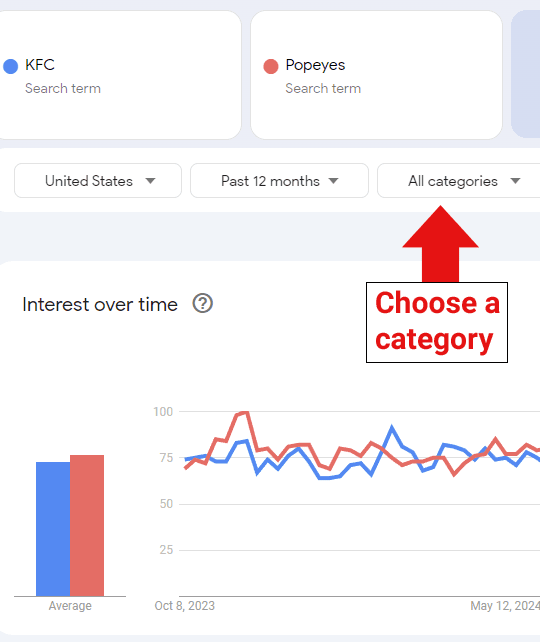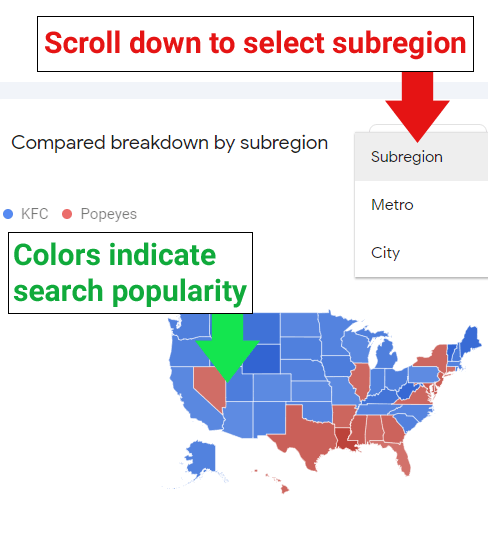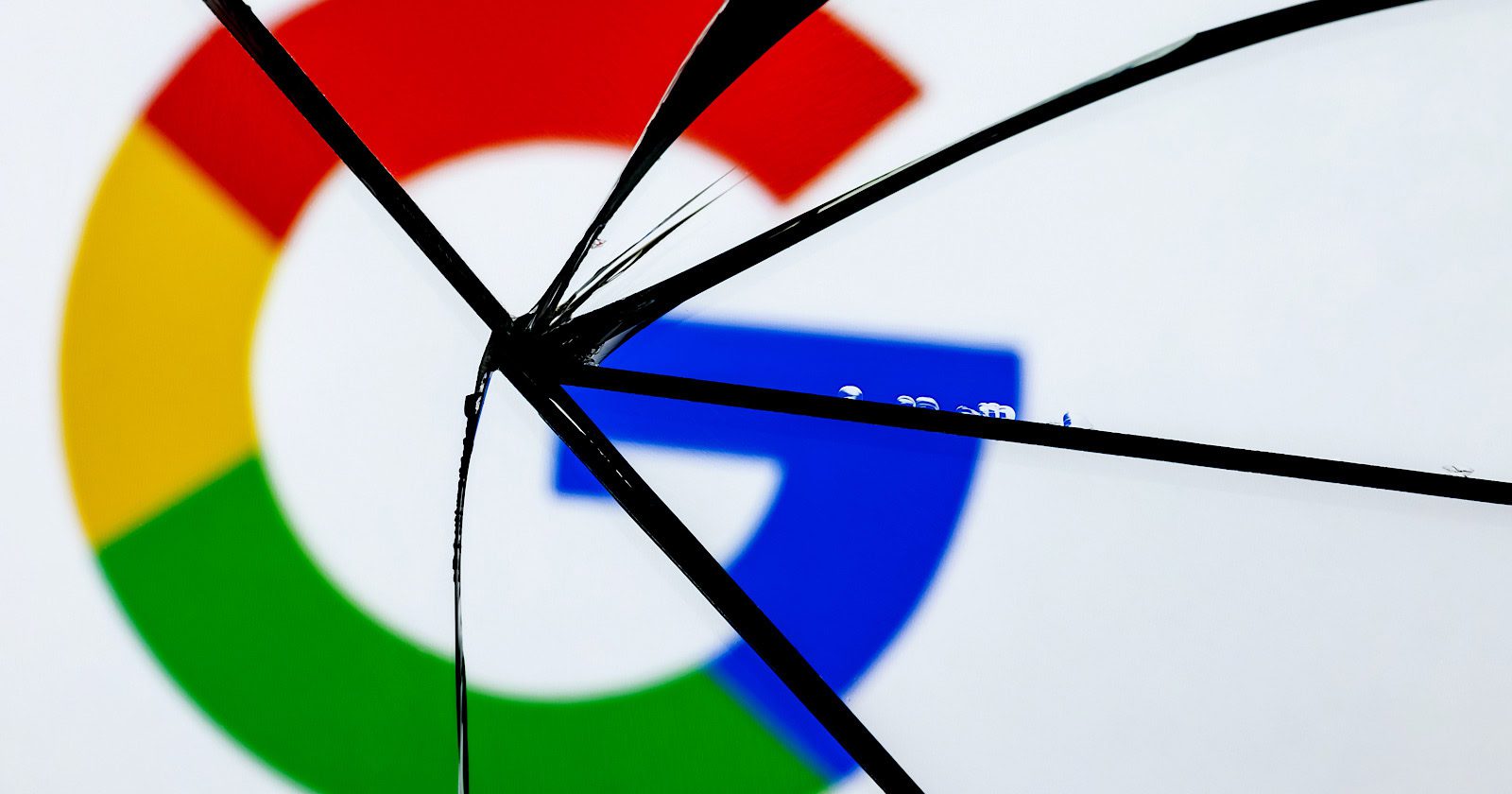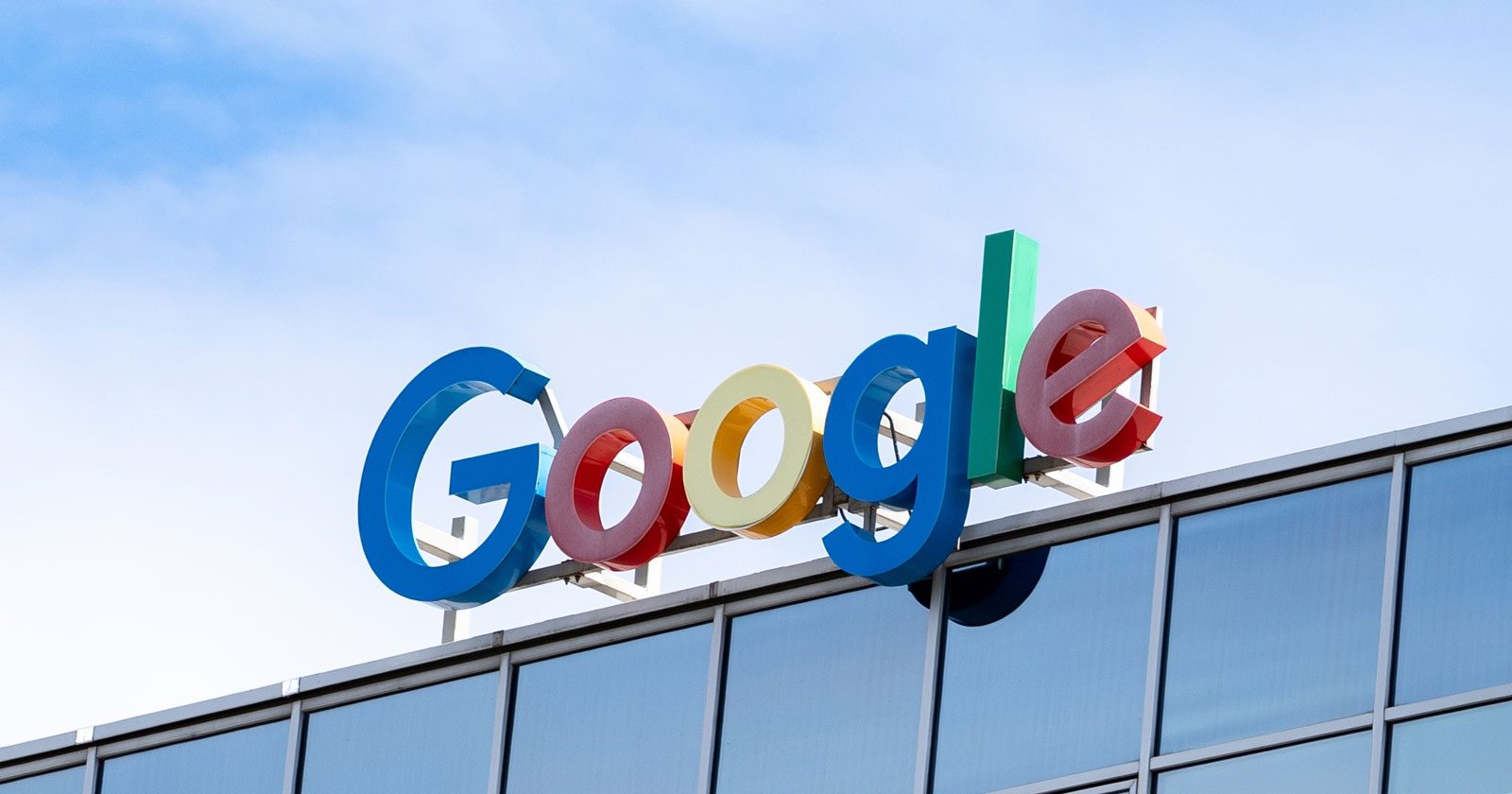In August 2024, Google lost its first major antitrust case in the U.S. Department of Justice vs. Google.
While we all gained some interesting insights about how Google’s algorithm works (hello, NavBoost!), understanding the implications of this loss for Google as a business is not the easiest to unravel. Hence, this article.
There’s still plenty we don’t know about Google’s future as a result of this trial, but it’s clear there will be consequences ahead.
Even though Google representatives have said they will appeal the decision, both sides are already working on proposals for how to restore competition, which will be decided by August 2025.
My significant other is a corporate lawyer, and this trial has been a frequent topic at the dinner table over the course of the last year.
We come from different professional backgrounds, but we have been equally invested in the outcome – both for our respective careers and industries. His perspective has helped me better grasp the potential legal and business outcomes that could be ahead for Google.
I will break that down for you in this article, along with what that could mean for the SEO industry and Search at-large.
Background: The Case Against Google
In August 2024, Federal Judge Amit Mehta ruled that Google violated the U.S. antitrust law by maintaining an illegal monopoly through exclusive agreements it had with companies like Apple to be the world’s default search engine on smartphones and web browsers.
During the case, we learned that Google paid Apple $20 billion in 2022 to be the default search engine on its Safari browser, thus making it impossible for other search engines like DuckDuckGo or Bing to compete.
This case ruling also found Google guilty of monopolizing general search text advertising because Google was able to raise prices on ad products higher than what would have been possible in a free market.
Those ads are sold via Google Ads (formerly AdWords) and allow marketers to run ads against search keywords related to their business.
Note: There is a second antitrust case still underway about whether Google has created illegal monopolies with open web display ad technology as well. Closing arguments will be heard for that in November 2024 with a verdict to follow
Remedies Proposed By The DOJ
On Oct. 8, 2024, the DOJ filed proposed antitrust remedies for Google. Until this point, there has been plenty of speculation about potential solutions.
Now, we know that the DOJ will be seeking remedies in four “categories of harm”:
- Search Distribution and Revenue Sharing.
- Accumulation and Use of Data.
- Generation and Display of Search Results.
- Advertising Scale and Monetization.
The following sections highlight potential remedies the DOJ proposed in that filing.
Ban On Exclusive Contracts
In order to address Google’s search distribution and revenue sharing, it is likely that we will see a ban on exclusive contracts going forward for Google.
In the Oct. 8 filing, the DOJ outlined exploring limiting or prohibiting default agreements, pre-installation agreements, and other revenue-sharing agreements related to search and search-related products.
Given this is what the case was centered around, it seems most likely that we will see some flavor of this outcome, and that could provide new incentives for innovation around search at Apple.
Apple Search Engine?
Judge Mehta noted in his judgment that Apple had periodically considered building its own search technology, but decided against it when an analysis in 2018 concluded Apple would lose more than $12 billion in revenue during the first five years if they broke up with Google.
If Google were no longer able to have agreements of this nature, we may finally see Apple emerge with a search engine of its own.
According to a Bloomberg report in October 2023, Apple has been “tinkering” with search technology for years.
It has a large search team dedicated to a next-generation search engine for Apple’s apps called “Pegasus,” which has already rolled out in some apps.
And its development of Spotlight to help users find things across their devices has started adding web results to this tool pointing users to sites that answer search queries.
Apple already has a web crawler called Applebot that finds sites it can provide users in Siri and Spotlight. It has also built its own search engines for some of its services like the App Store, Maps, Apple TV, and News.
Apple purchased a company called Laserlike in 2019, which is an AI-based search engine founded by former Google employees. Apple’s machine learning team has been seeking new engineers to work on search technologies as well.
All of these could be important infrastructure for a new search engine.
Implications For SEO
If users are given more choices in their default search engine, some may stray away from Google, which could cut its market share.
However, as of now, Google is still thought of as the leader in search quality, so it’s hard to gauge how much would realistically change if exclusive contracts were banned.
A new search engine from Apple would obviously be an interesting development. It would be a new algorithm to test, understand, and optimize for.
Knowing that users are hungry for another quality option, people would likely embrace Apple in this space, and it could generate a significant amount of users, if the results are high enough quality. Quality is really key.
Search is the most used tool on smartphones, tablets, and computers. Apple has the users that Google needs.
Without Apple’s partnership with Google, Apple has the potential to disrupt this space. It can offer a more integrated search experience than any other company out there. And its commitment to privacy is appealing to many long-time Google users.
The DOJ would likely view this as a win as well because Apple is one of the few companies large enough to fully compete across the search space with Google.
Required Sharing Of Data To Competitors
Related to the accumulation and use of data harm Google has caused, the DOJ is considering a remedy that forces Google to license its data to competitors like Bing or DuckDuckGo.
The antitrust ruling found that Google’s contracts ensure that Google gets the most user data, and that data streams also keep its competitors from improving their search results to compete better.
In the Oct. 8 filing, the DOJ is considering forcing Google to make: 1) the indexes, data, fees, and models used for Google search, including those used in AI-assisted search features, and 2) Google search results, features, and ads, including the underlying ranking signals available via API.
Believe it or not, this solution has precedent, although certainly not at the same scale as what is being proposed for Google.
The DOJ required AT&T to provide royalty-free licenses to its patents in 1956, and required Microsoft to make some of its APIs available to third parties for free after they lost an antitrust case in 1999.
Google has argued that there are user privacy concerns related to data sharing. The DOJ’s response is that it is considering prohibiting Google from using or retaining data that cannot be shared with others because of privacy concerns.
Implications For SEO
Should Google be required to do any of this, it would be an unprecedented victory for the open web. It is overwhelming to think of the possibilities if any of these repercussions were to come to fruition.
We would finally be able to see behind the curtain of the algorithm and ranking signals at play. There would be a true open competition to build rival search engines.
If Google were no longer to use personalized data, we might see the end of personalized search results based on your search history, which has pros and cons.
I would also be curious what would happen to Google Discover since that product provides content based on your browsing history.
The flip side of this potential outcome is that it will be easier than ever to gamify search results again, at least in the short term.
If everyone knew what makes pages rank in Google, we would be back in the early days of SEO, when we could easily manipulate rank.
But if others take the search algorithm and build upon it in different ways, maybe that wouldn’t be as big of a concern in the long term.
Opting Out Of SERP Features
The DOJ filing briefly touched on one intriguing remedy for the harm Google has caused regarding the generation and display of search results.
The DOJ lawyers are proposing that website publishers receive the ability to opt out of Google features or products they wish to.
This would include Google’s AI Overviews, which they give as an example, but it could also include all other SERP features where Google relies on websites and other content created by third parties – in other words, all of them.
Because Google has held this monopoly, publishers have had virtually no bargaining power with Google in regards to being included in SERP features without risking complete exclusion from Google.
This solution would help publishers have more control over how they show up in the search results.
Implications For SEO
This could be potentially huge for SEO if the DOJ does indeed move forward with requiring Google to allow publishers to opt out of any and all features and products they wish without exclusion in Google’s results altogether.
There are plenty of website publishers who do not want Google to be able to use their content to train its AI products, and wish to opt out of AI Overviews.
When featured snippets first came about, there was a similar reaction to those.
Based on the query, featured snippets and AI Overviews have the ability to help or harm website traffic numbers, but it’s intriguing to think there could be a choice in the matter of inclusion.
Licensing Of Ad Feeds
To address advertising scale and monetization harm caused by Google, the DOJ filing provided a few half-baked solutions related to search text advertising.
Because Google holds a 91% market share of search in the U.S., other search engines have struggled to monetize through advertising.
One solution is to require Google to license or syndicate its ad feed independent of its search results. This way, other search engines could better monetize by utilizing Google’s advertising feed.
It is also looking at remedies to provide more transparent and detailed reporting to advertisers about search text ad auctions and monetization, and the ability to opt out of Google search features like keyword expansion and broad match that advertisers don’t want to partake in.
Implications For SEO
I don’t see obvious implications for SEO, but there are plenty for our friends in PPC.
While licensing the Google ad feed is intriguing in order to help other search engines monetize, it doesn’t get at the issue of Google overcharging advertisers in their auctions.
More thought and creativity might be needed here to find a solution that would make sense for both creating more competition in search and fairness for advertisers.
They are certainly on the right track with more transparency in reporting and allowing advertisers to opt out of programs they don’t want to be part of.
Breaking Up Of Google
The DOJ lawyers are also considering “structural remedies” like forcing Google to sell off parts of its business, like the Chrome browser or the Android operating system.
Divesting Android is the remedy that has been discussed the most. It would be another way to prevent Google from having a position of power over device makers and requiring them to enter into agreements for access to other Google product apps like Gmail or Google Play.
If the DOJ forced Google to sell Chrome, that would just be another way to force them to stop using the data from it to inform the search algorithm.
There are behavioral remedies already mentioned that could arguably accomplish the same thing, and without the stock market-shattering impact of a forced breakup.
That said, depending on the outcome of the U.S. election, we could see a DOJ that feels empowered to take bigger swings, so this may still be on the table.
The primary issue with this remedy is that Google’s revenue largely comes from search advertising. So, if the goal is to reduce its market share, would breaking up smaller areas of the business really accomplish that?
Implications For SEO
If Android became a stand-alone business, I don’t see implications for SEO because it isn’t directly related to search.
Also, Apple controls so much of the relevant mobile market that spinning Android off would have little to no effect in regards to addressing monopolistic practices.
If Chrome were sold, Google would lose the valuable user signals that inform Navboost in the algorithm.
That would have some larger implications for the quality of its results since we know, through trial testimony, that those Chrome user signals are heavily weighted in the algorithm.
How much of an impact that would have on the results may only be known inside Google, or maybe not even there, but it could be material.
Final Thoughts
There is so much to be decided in the year (potentially years) to come regarding Google’s fate.
While all of the recent headlines focus on the possibility of Google being broken up, I think this is a less likely outcome.
While divesting Chrome may be on the table, it seems like there are easier ways to accomplish the government’s goals.
And Android and Google Play are both free to customers and rely on open-source code, so mandating changes to them doesn’t seem the most logical way to solve monopolistic practices.
I suspect we’ll see some creative behavioral remedies instead. The banning of exclusive contracts feels like a no-brainer.
Of all the solutions out there, requiring Google to provide APIs of Google search results, ranking signals, etc. is by far the most intriguing idea.
I cannot even imagine a world where we have access to that information right now. And I can only hope that we do see the emergence of an Apple search engine. It feels long overdue for it to enter this space and start disrupting.
Even with Google appealing Mehta’s decision, the remedy proposals will continue ahead.
In November, the DOJ will file a more refined framework, and then Google will propose its own remedies in December.
More resources:
Featured Image: David Gyung/Shutterstock











